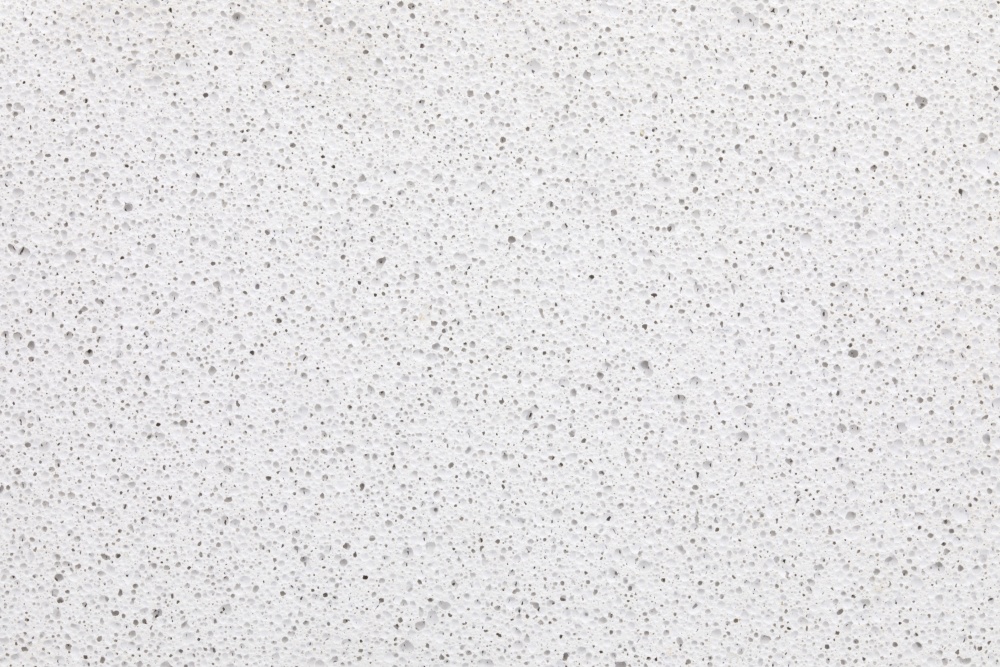Reinforced Autoclaved Aerated Concrete (RAAC): Identification and Considerations
Introduction
In the world of construction, materials matter. Reinforced Autoclaved Aerated Concrete, also known as RAAC, “aerobar” or “aircrete”, is one such material that has quietly contributed to various structures, primarily as wall and roof panels. With an initial estimated service life of 30 years, RAAC has been used in the construction industry from the 1950s to the 1990s, particularly in the United Kingdom. Many structures featuring RAAC panels are still in service to this day, and it's essential to understand this unique yet aging construction material.

The Building Blocks of RAAC
RAAC's composition consists of three fundamental components:
- Aerated Concrete Base: RAAC's foundation is aerated concrete, a lightweight precast concrete blend comprising sand, cement, lime, and aluminium powder. During the curing process, aluminium powder reacts with lime and water, creating hydrogen gas. This gas forms small air bubbles, resulting in a lightweight and porous structure.
- Reinforcement: RAAC panels are fortified with either conventional reinforcement or prestressing techniques.
- Autoclaving Process: Vital to RAAC production, the autoclaving process involves curing the material in a high-pressure steam chamber after molding it into desired shapes like blocks or panels. This combination of heat and pressure expedites the curing process.
Challenges with RAAC
In December 2018, following the collapse of a RAAC panel in a Kent base school, the United Kingdom Department for Education (DfE) and the Local Government Association (LGA) notified building owners of a recent building component failure.
While RAAC was once believed to offer several advantages, it faces many challenges:
- Low Compressive Strength: RAAC possesses only 10-20% of the compressive strength of conventional concrete, leading to reduced shear and bending strength.
- High Permeability: The high air content in RAAC makes it highly permeable, compromising the natural protection that typical concrete provides reinforcement.
- Reliance on Connection Detailing: RAAC, as precast panels, relies on the connection details between panels, which, if not done correctly, can provide a weak point in the durability and strength of the structure.
- Quality Control Issues: Inconsistent manufacturing quality has resulted in significant material property variations between panels.
Displacement and Sagging: RAAC is susceptible to high levels of displacement and sagging over time. - Hidden Corrosion Damage: Corrosion damage to steel reinforcements can progress without visible indicators like cracking and spalling due to RAAC's high air content and low compressive strength, which can accommodate the iron oxide (rust) expansion.
- Reduced Robustness: Overall, RAAC is less robust than traditional concrete, raising the risk of sudden failure, particularly when used on roofs.
Spotting RAAC in Your Structure
Many building owners and managers may be unaware of the presence of RAAC elements in their structures. Identifying RAAC elements involves visual inspection, physical characteristics, and sometimes documentation review. RAAC has distinct features that differentiate it from other building materials. Here is how to identify RAAC:
Visual Inspection:
- Color and Texture: RAAC typically exhibits a light gray or off-white color with a porous and lightweight texture, resembling a matrix of small air bubbles or cells. The surface may be smooth or slightly textured.
- Uniformity: RAAC blocks or panels usually display a uniform appearance with consistent dimensions and smooth edges.
- Reinforcement: Inspect for visible signs of reinforcement, often steel bars (rebar) or mesh, which may be partially exposed.
- Weight: RAAC is significantly lighter than traditional concrete or masonry materials of similar size. You can assess its weight by lifting or tapping it; it should feel much lighter.
Sound Test:
- When tapped with a hard object, RAAC produces a distinctive sound, somewhat hollow and less dense compared to solid concrete or masonry materials. This is due to the air-filled cells within RAAC.
Documentation Review:
- Examine project documentation, including architectural plans, construction drawings, or material specifications, to confirm the use of RAAC. These documents can provide concrete confirmation of RAAC usage.
Manufacturer's Markings:
- Some RAAC products may bear manufacturer markings or labels on the surface, indicating the brand, product type, and sometimes the manufacturing date.
Professional Assistance:
- When in doubt about the material's identity, consult a qualified building inspector, architect, or engineer experienced with construction materials. They can offer expert guidance and may conduct additional tests, such as density measurements, for material confirmation.
It's crucial to recognize that RAAC is primarily employed in specific applications, such as roofs, wall construction, and building panels. Therefore, identification is more likely in these contexts. In regions where RAAC is prevalent, awareness of local building practices and materials is essential.
Identifying RAAC can be relatively straightforward, with familiarity with its visual traits and access to relevant documentation. However, when uncertainty arises, professional assistance ensures accurate identification, especially when the material's properties profoundly influence construction or renovation decisions. The VCS Engineering (VCS) UK office boasts extensive experience in RAAC inspections, having inspected over 60 buildings throughout the country, and they can aid in identifying RAAC elements in your building structures. Don't hesitate to contact VCS for expert guidance.
In conclusion, RAAC is an aging construction material with its own set of challenges. Identifying RAAC elements is the first step in managing these challenges and ensuring the safety and longevity of your building structures.